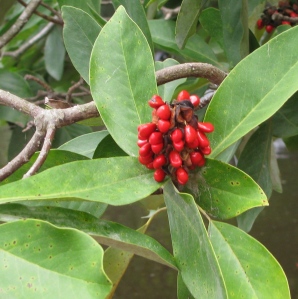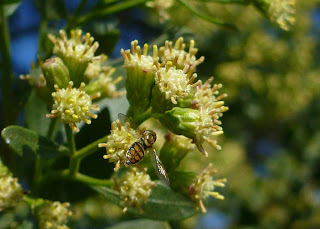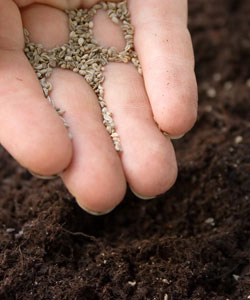Tiny candles guided us into the dark Arboretum woods. Fog hovered among the trees, and our flashlights revealed the bones of maples, pines, and poplars. As we gathered on the bridge to sing the first carol, we hard the gurgle of the stream moving beneath us. The moment settled in, and I knew it was time to start. I quickly found the tune in my mind, and then my voice uncertainly sang the first notes.
"Here we go a wassailing among the leaves so green..."
The others followed, eagerly and timidly, but the song was suddenly over.
Howard said, "second verse, same as the first?"
Gladly, we sang it again, and our voices carried into the windless forest. We turned onto Blockston Branch, drawn in by a winding path of candlelight. The air was chilly as we walked along the soft ground. I jealously watched the children run ahead to spy on the hidden creatures of the night.
As we approached the third bridge, our feet were chilly, but our hearts became tender as we sang "Silent Night" and remembered the meaning of Christmas.
A bonfire glowed through the trees and beckoned us to the top of the hill. The smell of warm cider and burning wood made everyone smile with delight, but when I saw the marshmallows on sticks, I knew I was in heaven! We sat on the well-worn stump seats around the fire and sipped the delicious cider.
Suddenly, we heard a clamor--screaming and screeching above us. We froze and looked at each other. Owls! Two, maybe three or more, were having a lively exchange.
"Perhaps they're demanding a marshmallow!" Mary said, and everyone laughed.
Another woman remarked as she held her marshmallow over the flame. "Whatever they said, it was very special."
The owls bantered a bit longer, and we sang "Let it Snow" and "The Christmas Song," replacing "chestnuts" with "marshmallows." Reluctantly, we left the warm fire and followed the path to the pine forest, where we stopped to sing "Oh, Christmas Tree."
I got the feeling that no one wanted to go back, but we were happy and left hte woods singing "We Wish You a Merry Christmas."
by Meg Gallagher
Advancement Assistant












































